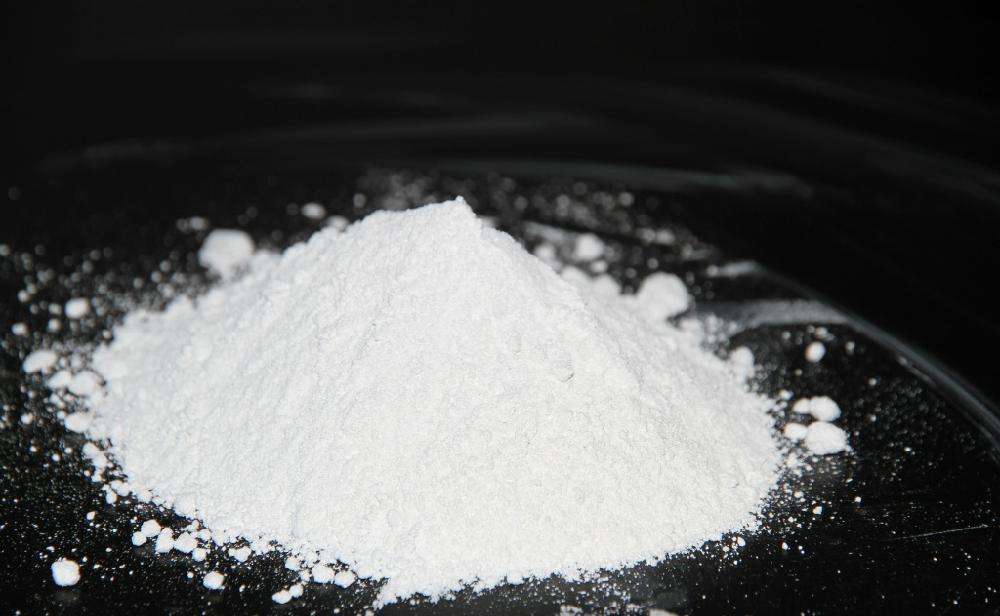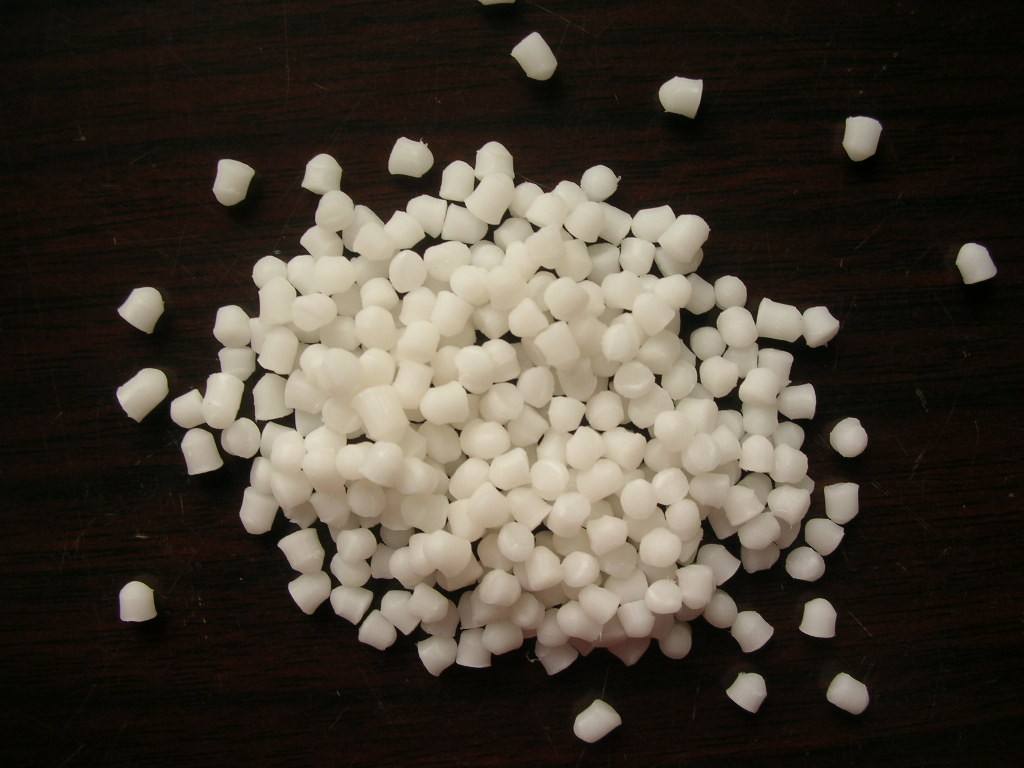There are many types of flame retardants, which can be divided into: organic flame retardants and inorganic flame retardants. The representative flame retardants are chlorine-based, bromine-based, phosphorus-based, aluminum hydroxide, magnesium hydroxide, etc. There are three major categories of organic flame retardants, with different characteristics: First, chlorine-based flame retardants: mainly chlorinated paraffins with higher chlorine content, and the main applications are chlorine wax-52 and chlorine wax- 40.
Currently, chlorine-based flame retardants are developing in the direction of pollution-free, high purity, high thermal stability, and high chlorine content. Its representative products are chlorine wax-70, and perchlorcyclopentane that has been used abroad. There are no domestic industrialized products for the reactive chlorine-based flame retardant chlorobactin. The second is brominated flame retardants: most of them decompose at 200°C to 300°C. During decomposition, they capture the free radicals generated by the degradation reaction of polymer materials, delaying or terminating the combustion chain reaction, and the HBr released is a refractory gas. , can be covered on the surface of the material to block flammable gases on the surface.

Brominated flame retardants have a wide range of applications and are currently one of the most produced organic flame retardants in the world. The main products are decabromodiphenyl ether, tetrabromobisphenolA, pentabromotoluene and hexabromotoluene. Cyclodecane etc. The third is phosphorus flame retardant: it is also a flame retardant with good flame retardant properties. Driven by the global trend of non-halogenated flame retardants, a lot of research has been conducted abroad on this. The main products of organophosphorus flame retardants include triphenyl phosphate, xylene phosphate, styrene-butyl phosphate, etc. Phosphate esters are characterized by their dual functions of flame retardancy and plasticization. The main products of phosphorus-containing inorganic flame retardants include red phosphorus flame retardant, ammonium phosphate salt, ammonium polyphosphate, etc. The flame retardant effect of red phosphorus is better than that of phosphate esters. Its usage is also increasing.
Contains phosphorusInorganic flame retardants It has good thermal stability and is non-volatile. It has been widely used due to its advantages of not producing corrosive gases, long-lasting effect, and low toxicity. Inorganic flame retardants have a high decomposition temperature. In addition to their flame retardant effect, they also inhibit the generation of smoke and hydrogen chloride. At present, the consumption of inorganic flame retardants in foreign industrialized countries is much higher than that of organic flame retardants. The main varieties used are aluminum hydroxide, magnesium hydroxide, red phosphorus, trioxide, etc.

Aluminum hydroxide is a flame retardant that combines three major functions: flame retardant, smoke suppression, and filling. It is non-toxic, non-corrosive, has good stability, does not produce toxic gases at high temperatures, is low in price, and comes from a wide range of sources. Magnesium hydroxide decomposes between 340℃ and 490℃. It has good thermal stability, good flame retardant and smoke elimination effects, and is especially suitable for processing polyolefin plastics with higher temperatures. Aluminum hydroxide and magnesium hydroxide can complement each other when used in combination, and their flame retardant properties are better than when used alone. The advantages of halogen flame retardants are low dosage, high flame retardant efficiency and wide adaptability. However, its serious disadvantage is that it generates a large amount of smoke and toxic and corrosive gases during combustion, which is very harmful.
In recent years, the development of halogen-free flame retardants to replace halogen flame retardants has become a global flame retardant development trend . Research and development of new flame retardants to reduce the amount of smoke and toxic gases produced when materials are burned has become one of the key research topics in the field of flame retardancy in recent years. The currently used smoke suppressants are mainly metal oxides and transition metal oxides, mainly including zinc borate, aluminum compounds (aluminum trioxide, ammonium lead oxide) and their compounds, magnesium-zinc complexes, ferrocene , tin oxide, copper oxide, etc. The synergistic system has good flame retardant effect and low cost. It can be both flame retardant and smoke suppressant. It also has some special functions. Commonly used synergistic systems are mainly halogen-phosphorus, antimony-phosphorus, phosphorus-nitrogen, etc., to improve the flame retardant performance. Purpose. Red phosphorus is one of the main flame retardant synergists. It has synergistic effects on aluminum hydroxide, nitrogen and other flame retardant systems.

 微信扫一扫打赏
微信扫一扫打赏

